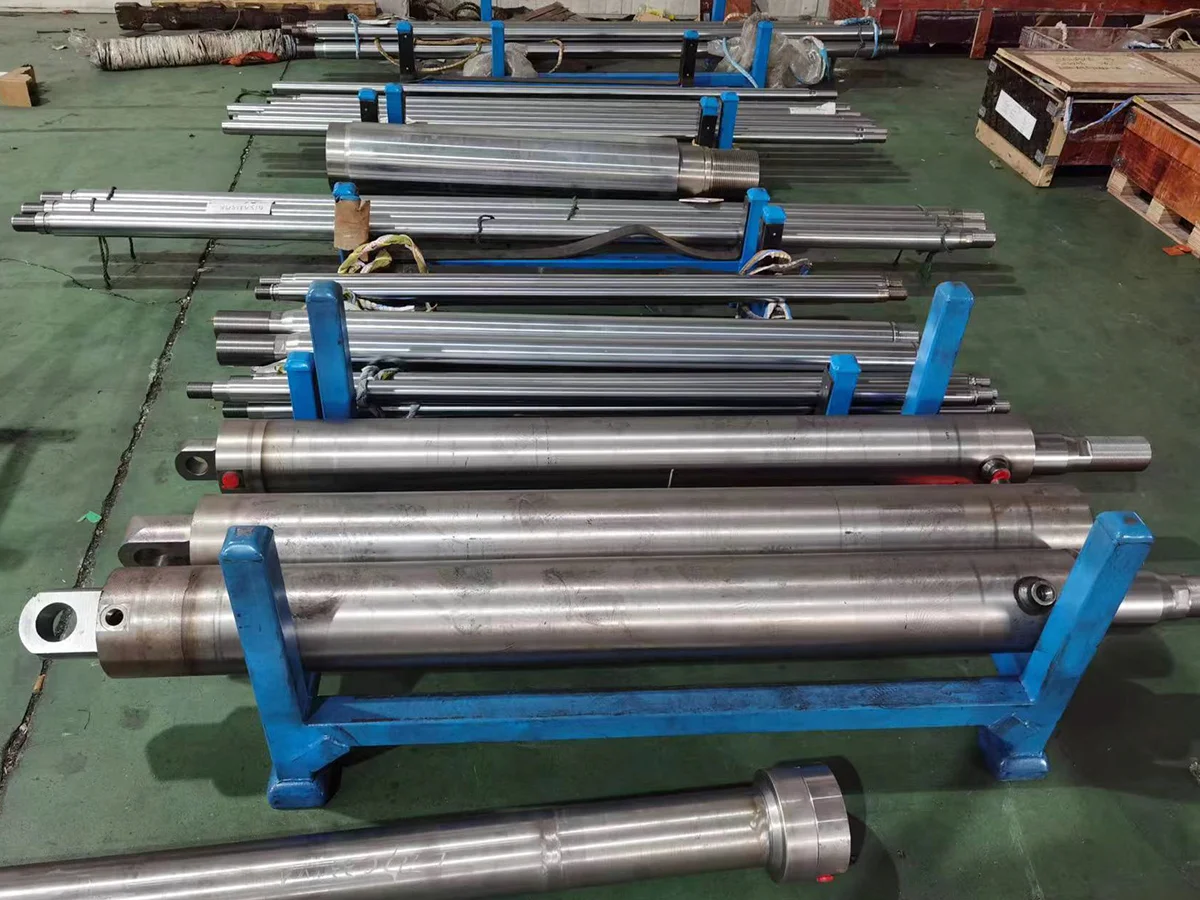Tie rod cylinders are a commonly used hydraulic transmission device widely used in various industrial fields. It has the advantages of simple structure, convenient operation, and strong carrying capacity, but it also has certain safety hazards during use. In order to ensure safety during use, it is necessary for us to understand and comply with the precautions for the safe use of tie rod cylinders.
First, install it correctly. When installing tie rod cylinders, you must ensure that their connections with other equipment are firm and reliable to avoid loosening or falling off. At the same time, the appropriate tie rod cylinder model should be selected according to the load condition of the equipment to ensure that it works within a safe range.

Secondly, before operating tie rod cylinders, users must conduct a comprehensive inspection of the equipment to ensure that its parameters and performance meet the requirements. This includes checking whether the appearance of the cylinder is damaged, whether the seals are intact, whether the connecting bolts are loose, etc. Only after ensuring that the equipment is intact can subsequent operations be carried out. In particular, check the wear of seals and replace aging seals in time to avoid hydraulic oil leakage. Hydraulic oil leakage will not only affect the normal operation of the equipment but also cause pollution to the environment, so pay attention to prevent it when using tie rod cylinders. Hydraulic oil leakage occurs. Hydraulic oil leaks can be prevented by regularly checking seals and keeping equipment clean.
When operating tie rod cylinders, you must operate according to the requirements of the operation manual and avoid overload use or frequent starts and stops to avoid damage to the equipment. At the same time, it is necessary to ensure that operators have received professional training and understand the working principles and operating procedures of the equipment to avoid accidents caused by misoperation. Users must wear relevant safety protection equipment when operating tie rod cylinders. Such as gloves, goggles, etc. to prevent injuries caused by careless operation. At the same time, the operator should be familiar with the operating instructions of the equipment and understand the working principle and operating methods of the equipment so that they can correctly respond to various situations during operation. In addition, when operating tie rod cylinders, the environment around the equipment must be kept clean and tidy. Avoid accidents caused by debris or obstacles during operation. At the same time, the operation site must be well-ventilated to avoid safety hazards caused by the volatilization of hydraulic oil.
When using tie rod cylinders, the appropriate working pressure and speed should be selected according to the load condition of the equipment to avoid equipment failure or damage due to overload. At the same time, overload protection devices must be installed to detect and handle overload situations in a timely manner to ensure the safety of equipment and personnel.
When using tie rod cylinders, avoid equipment failure or damage due to overheating. Overheating of the equipment can be avoided by properly selecting the type and use of hydraulic oil, and by regularly cleaning the radiator.
Finally, when operating tie rod cylinders, users must strictly follow the maintenance cycles of the equipment. Regularly replace hydraulic oil, check seals, clean filter elements, etc. to ensure normal operation and safe use of the equipment.
In short, tie rod cylinders play an important role in industrial production, but safety regulations need to be strictly followed during use to ensure the safety of equipment and personnel. Only by doing a good job in safe use and maintenance can tie rod cylinders play a better role, improve production efficiency, and ensure production safety.
https://www.toringcylinder.com/Detailed-explanation-of-precautions-and-operating-procedures-for-safe-use-of-tie.html








Comments (0)